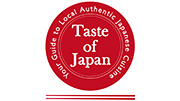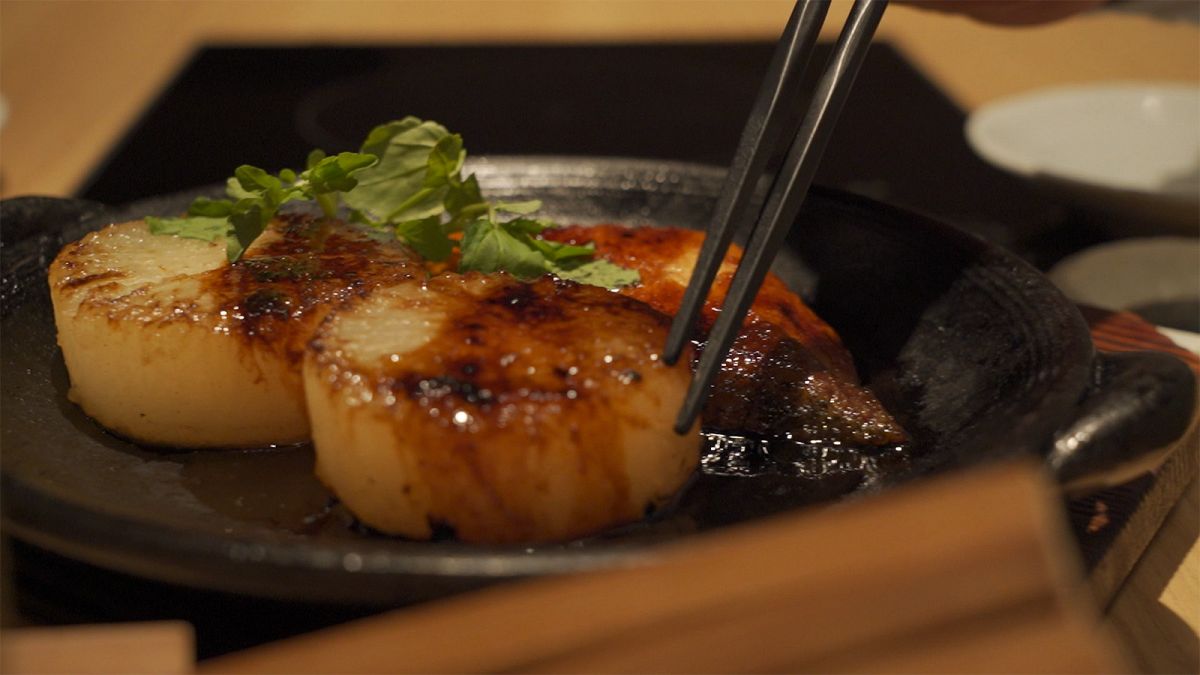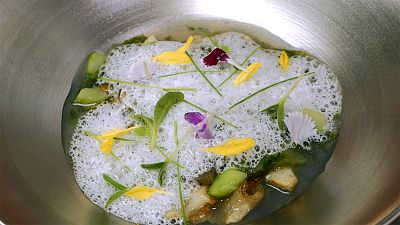Yellowtail is one of Japan's favourite fish.and to meet the demand, researchers have developed a pioneering technology to produce it, whilst preserving the oceans.
In this episode of Euronews’ culinary magazine, Taste, we're in Japan to discover the fish of choice for sushi and sashimi: the Yellowtail.
Japan's emblematic fish is bred in Kushimoto in the country’s southern Wakayama region.
The "Blue Revolution."
At Kindai University researchers are behind what they call the "Blue Revolution."
Yellowtails, known here as 'Buri' are one of Japan's most exported fish. To meet the demand for them, while preserving the oceans, the fish are fully farmed fish instead of caught as fry at sea.
Through years of research in hatcheries and aquaculture technologies, the university's Aquaculture Research Institute has helped increase their production without causing environmental pollution and ensured its sustainable development.
They hope that one day this will mean the conversion from "fishing to farming."
The technique is to reproduce the whole life cycle of the yellowtail:
"We hatch the eggs ourselves and raise the babies with love. When they are big enough, we bring them to this farm at sea and after 2 years, when they reach 3 to 5 kilos, they are ready to be consumed." explains fish farm manager, Naoki Taniguchi.
Yellowtails around the world
These fish-farming innovations are exploited by the Shokuen company, which exports Yellowtails to many places around the world, such as Europe, where it's appearing more frequently on the menu, outside of the fishing season.
"We are able to produce quality farmed Yellowtail all year round," says Shokuen co. Masahiko Ariji.
"Before, we could not achieve the quality of the wild fish, but today, our farmed buri is of higher quality, and notably - it's fatter."
"Japanese cuisine is to be looked at rather than eaten?"
But why is the Yellowtail one of Japan's favourite fish?
"The buri has a melting texture, it's fat, but not heavy," says Hiroshi Hirabayashi, a chef at the Grand Front Osaka Store.
"We recommend cooking it in sashimi, that's how we like it the most in Japan, and that's how I prefer it."
"But it is also very good cooked in the stove or fried. There are many ways to cook it."




